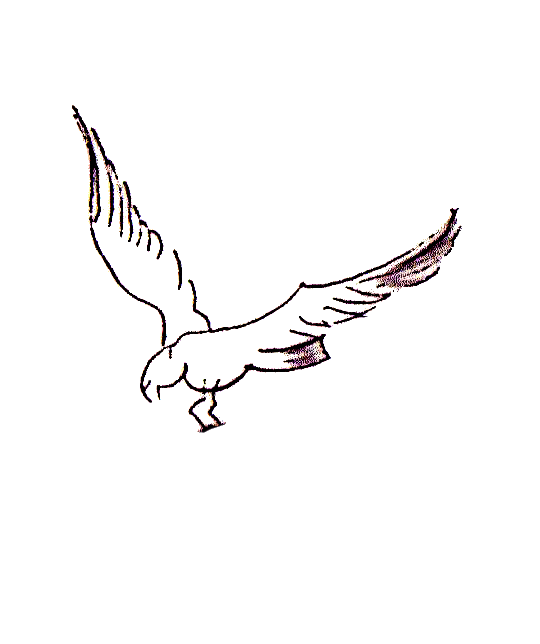At the height of the fuel crisis of the 70's, requests for sail assisted fishing vessels dominated my mail.
Usually they were in the 80 foot range for long-lining, bottom fishing, or the Pacific albacore fishery.
As the price of a gallon of fuel declined, so did the level of interest in sail assisted fishing. With fuel
again a major consideration, I have dusted off this design for clients wishing a small vessel capable of
being sailed single handed or by a two member crew on voyages of long duration. The Wise Rover
design was originally commissioned by Mr. Weiss, from Tom's River, N.J., who intended to use her for
long-lining off the east coast and for living aboard.
Accommodations provide a forward bunk-room with space for living, cooking and dining, and a
navigation station aft. The well deck forward of the wheel house is intended for picking up the gear.
Setting out is from a smaller well deck on the fantail. A 10 foot by 11 foot fish hold occupies the space
between the fo'c'sle and the wheel house. For the yachtsman this space can be given over to additional
accommodations. In steel vessel design, any arrangement is possible so long as the steel structure is
not altered.
Construction is based on ABS rules for vessels under 61 meters, with transverse frames on 39 inch
centers and closely spaced longitudinals to insure a fair hull. Bottom plating is ¼ inch, the sides 3/16
inch, and the decks are 10-gauge steel.
Propulsion is a 60 horsepower engine, with 3:1 reduction gear, assisted by 754 square feet of working
sail. The rig, all inboard and self-tending, is balanced so that a sail is furled rather than reefed when the
wind increases. Booms are above head level on deck. It is possible that once the sails have been set
upon departure, they could be left unattended until returning to port, save for trimming sheets
(depending on how much of a sailing nit-picker the skipper is).
Basic hull lines are derived from the Merry Rover design, a topsail schooner with performance under
sail of paramount importance. The Wise Rover will make a great live-aboard cruising boat, once the
owner gets over the idea that to sail one must be wet and miserable out in the open. Ah! When it's
nasty outside it's nice to have the wife join you in the wheel house for a cup of coffee.
<top>
